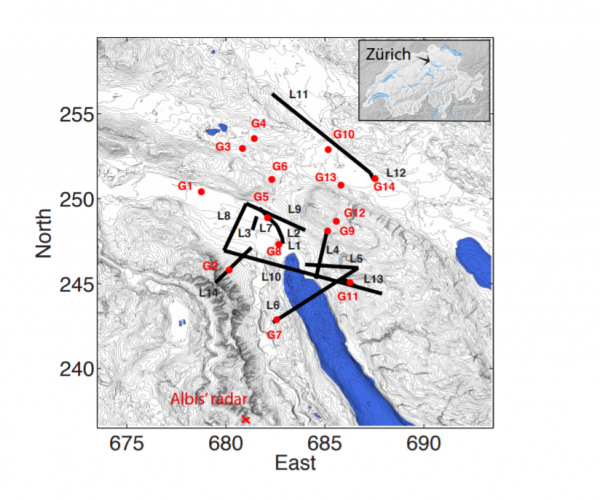Report by Michael Graglia, Christopher Mellon and Tim Robustelli: “Our interest in identity systems was an inevitable outgrowth of our earlier work on blockchain-based1 land registries.2 Property registries, which at the simplest level are ledgers of who has which rights to which asset, require a very secure and reliable means of identifying both people and properties. In the course of investigating solutions to that problem, we began to appreciate the broader challenges of digital identity and its role in international development. And the more we learned about digital identity, the more convinced we became of the need for self-sovereign identity, or SSI. This model, and the underlying principles of identity which it incorporates, will be described in detail in this paper.
We believe that the great potential of SSI is that it can make identity in the digital world function more like identity in the physical world, in which every person has a unique and persistent identity which is represented to others by means of both their physical attributes and a collection of credentials attested to by various external sources of authority. These credentials are stored and controlled by the identity holder—typically in a wallet—and presented to different people for different reasons at the identity holder’s discretion. Crucially, the identity holder controls what information to present based on the environment, trust level, and type of interaction. Moreover, their fundamental identity persists even though the credentials by which it is represented may change over time.
The digital incarnation of this model has many benefits, including both greatly improved privacy and security, and the ability to create more trustworthy online spaces. Social media and news sites, for example, might limit participation to users with verified identities, excluding bots and impersonators.
The need for identification in the physical world varies based on location and social context. We expect to walk in relative anonymity down a busy city street, but will show a driver’s license to enter a bar, and both a driver’s license and a birth certificate to apply for a passport. There are different levels of ID and supporting documents required for each activity. But in each case, access to personal information is controlled by the user who may choose whether or not to share it.
Self-sovereign identity gives users complete control of their own identities and related personal data, which sits encrypted in distributed storage instead of being stored by a third party in a central database. In older, “federated identity” models, a single account—a Google account, for example—might be used to log in to a number of third-party sites, like news sites or social media platforms. But in this model a third party brokers all of these ID transactions, meaning that in exchange for the convenience of having to remember fewer passwords, the user must sacrifice a degree of privacy.
A real world equivalent would be having to ask the state to share a copy of your driver’s license with the bar every time you wanted to prove that you were over the age of 21. SSI, in contrast, gives the user a portable, digital credential (like a driver’s license or some other document that proves your age), the authenticity of which can be securely validated via cryptography without the recipient having to check with the authority that issued it. This means that while the credential can be used to access many different sites and services, there is no third-party broker to track the services to which the user is authenticating. Furthermore, cryptographic techniques called “zero-knowledge proofs” (ZKPs) can be used to prove possession of a credential without revealing the credential itself. This makes it possible, for example, for users to prove that they are over the age of 21 without having to share their actual birth dates, which are both sensitive information and irrelevant to a binary, yes-or-no ID transaction….(More)”.

